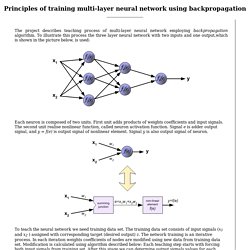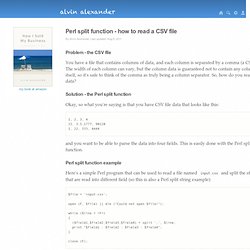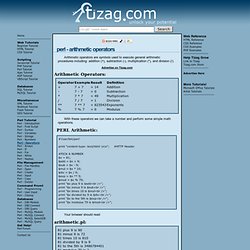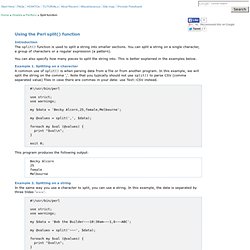

UNIX Commands. Backpropagation. The project describes teaching process of multi-layer neural network employing backpropagation algorithm.

To illustrate this process the three layer neural network with two inputs and one output,which is shown in the picture below, is used: Each neuron is composed of two units. First unit adds products of weights coefficients and input signals. The second unit realise nonlinear function, called neuron activation function. Signal e is adder output signal, and y = f(e) is output signal of nonlinear element. To teach the neural network we need training data set. Propagation of signals through the hidden layer. Propagation of signals through the output layer. In the next algorithm step the output signal of the network y is compared with the desired output value (the target), which is found in training data set. It is impossible to compute error signal for internal neurons directly, because output values of these neurons are unknown.
Coefficient h affects network teaching speed. Perl split function - read a CSV file. By Alvin Alexander.

Last updated: Aug 8, 2011 Problem - the CSV file You have a file that contains columns of data, and each column is separated by a comma (a CSV file). The width of each column can vary, but the column data is guaranteed not to contain any columns itself, so it's safe to think of the comma as truly being a column separator. So, how do you read the data? Solution - the Perl split function Okay, so what you're saying is that you have CSV file data that looks like this: and you want to be able to parse the data into four fields. Perl split function example Here's a simple Perl program that can be used to read a file named input.csv and split the strings that are read into different field (so this is also a Perl split string example): Operators. Arithmetic operators are symbols used to execute general arithmetic procedures including: addition (+), subtraction (-), multiplication (*), and division (/).

Arithmetic Operators: With these operators we can take a number and perform some simple math operations. PERL Arithmetic: #! /usr/bin/perl print "content-type: text/html \n\n"; #HTTP Header #PICK A NUMBER $x = 81; $add = $x + 9; $sub = $x - 9; $mul = $x * 10; $div = $x / 9; $exp = $x ** 5; $mod = $x % 79; print "$x plus 9 is $add<br />"; print "$x minus 9 is $sub<br />"; print "$x times 10 is $mul<br />"; print "$x divided by 9 is $div<br />"; print "$x to the 5th is $exp<br />"; print "$x modulus 79 is $mod<br />"; Your browser should read: arithmetic.pl: 81 plus 9 is 90 81 minus 9 is 72 81 times 10 is 810 81 divided by 9 is 9 81 to the 5th is 3486784401 81 modulus 79 is 2. Symbols - Symbolic Algebra using Perl. Math::Algebra::Symbols - Symbolic Algebra using Perl use Math::Algebra::Symbols hyper=>1; ($n, $x, $y) = symbols(qw(n x y)); $a = sin($x)**2 + cos($x)**2; $b = (sin($n*$x)+cos($n*$x))->d->d->d->d/(sin($n*$x)+cos($n*$x)) == $n**4; $c = tanh($x+$y) == (tanh($x)+tanh($y))/(1+tanh($x)*tanh($y)); ($d,$e) = @{($x**2-5*$x+6) > $x}; print "$a\n$b\n$c\n$d,$e\n"; This package supplies a set of functions and operators to manipulate operator expressions algebraically using the familiar Perl syntax.

Using the Perl split() function. Introduction The split() function is used to split a string into smaller sections.

You can split a string on a single character, a group of characters or a regular expression (a pattern). You can also specify how many pieces to split the string into. This is better explained in the examples below. Example 1. A common use of split() is when parsing data from a file or from another program. . #! This program produces the following output: Becky Alcorn 25 female Melbourne Example 2. In the same way you use a character to split, you can use a string. . #! This outputs: Bob the Builder 10:30am 1,6 ABC Example 3.
In some cases, you may want to split the string on a pattern (regular expression) or a type of character. . #! The output of this program is: Home Work Cafe Work Home Example 4. If you split on an undefined value, the string will be split on every character: #! The results of this program are: B e c k y A l c o r n Example 5. . #! This produces: aaBeckyaa aaAlcornaa.